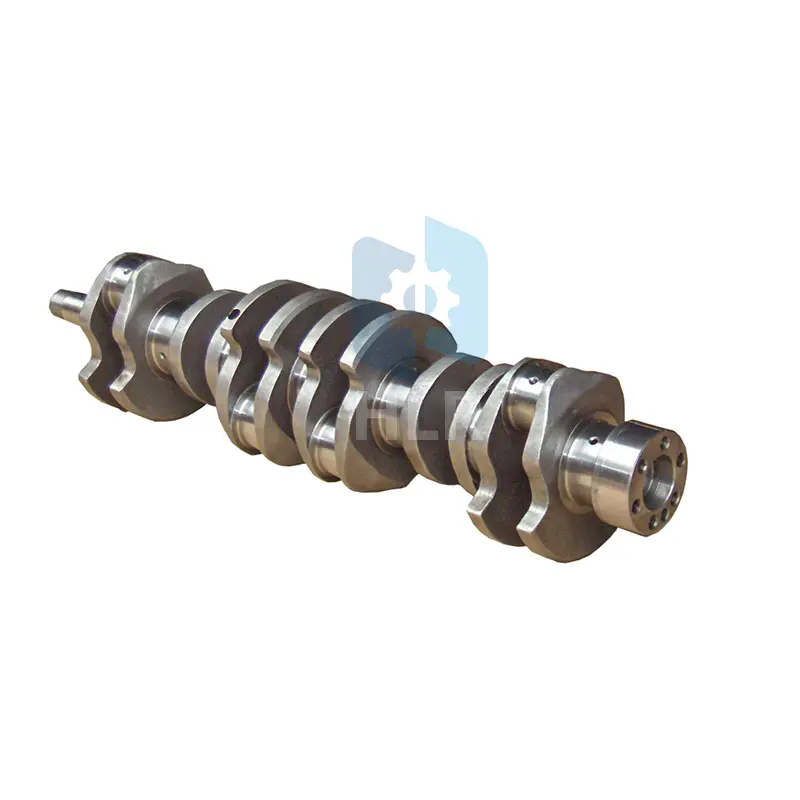CNC Milling: Precision Machining for the Modern World
2025-04-07
CNC milling has revolutionized the way industries manufacture parts and components. By combining computer technology with traditional milling processes, CNC milling offers unmatched precision, repeatability, and efficiency. Whether you're building aerospace components, automotive parts, or custom metal pieces, CNC milling is the go-to solution for high-quality machining.
What Is CNC Milling?
CNC stands for Computer Numerical Control. CNC milling is a subtractive manufacturing process that uses rotary cutting tools to remove material from a solid block, also known as a workpiece. The machine is guided by programmed computer instructions, allowing it to perform complex cuts, holes, and shapes with a high level of accuracy.
The CNC milling machine interprets the design instructions from a digital file, usually a CAD model, and then converts that data into precise movements of the cutting tool. This process eliminates the risk of human error and ensures that every piece produced is exactly as intended.
Advantages of CNC Milling
CNC milling offers several key advantages over manual machining and other manufacturing methods:
1. High Precision and Accuracy: CNC milling machines can achieve tolerances as tight as a few microns, making them ideal for industries that require extreme accuracy.
2. Consistency and Repeatability: Once a program is created, it can be reused for identical parts, ensuring consistency across production runs.
3. Flexibility in Design: CNC milling can produce a wide variety of shapes and features, including slots, holes, curves, and complex 3D surfaces.
4. Material Versatility: CNC milling works with a wide range of materials, such as metals, plastics, and composites, allowing for application across diverse sectors.
5. Increased Efficiency: With minimal manual labor and automated operation, CNC milling saves time and reduces production costs.
Common Applications
CNC milling is used across many industries thanks to its versatility and precision. Some common applications include:
- Automotive Components: Engine blocks, gearboxes, and custom parts.
- Aerospace Parts: Lightweight and durable components for aircraft and spacecraft.
- Medical Devices: Surgical tools and implants with tight tolerances.
- Electronics: Housings, heat sinks, and precise structural parts.
- Tool and Die Making: Custom molds and tooling for other manufacturing processes.
Key Components of a CNC Milling Machine
While CNC machines come in various sizes and configurations, most include the following key components:
- Controller: The computer system that processes the digital instructions and guides the machine's movements.
- Spindle: The motor-driven tool holder that rotates the cutting tool.
- Worktable: The platform that holds and positions the material being milled.
- Axes: CNC milling machines typically operate on three or more axes, allowing for complex, multi-directional cutting.
Future of CNC Milling
With advances in automation, artificial intelligence, and materials science, the future of CNC milling is bright. Smart sensors, real-time monitoring, and adaptive machining are becoming more common, improving precision and efficiency even further. Moreover, integration with digital manufacturing systems allows for greater scalability and customization in production.
Conclusion
CNC milling is at the heart of modern manufacturing. Its ability to produce complex parts with precision and consistency has made it an indispensable tool in industries around the globe. From prototyping to mass production, CNC milling continues to set the standard for quality and reliability.
As technology evolves, CNC milling will only become more advanced, offering even greater capabilities to designers, engineers, and manufacturers seeking to turn their ideas into reality.



